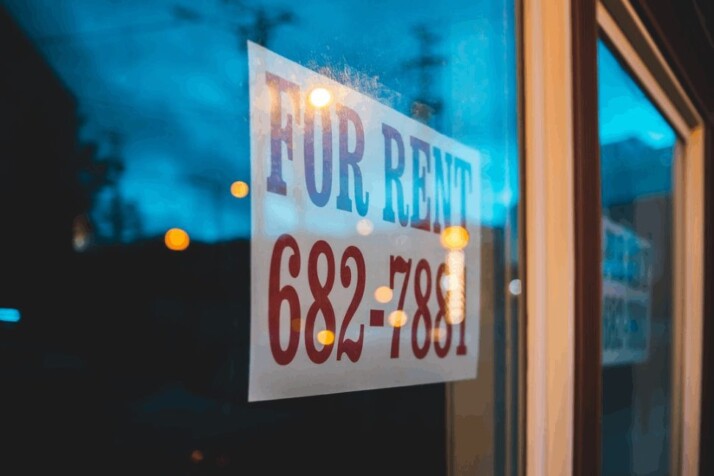If you want to notify your landlord about your desire to leave your rental home, you should give formal notice. A formal 30 days notice letter should include all of the important information.
What Is a Formal Notice Letter?
A formal notice letter is sent by a tenant to the landlord informing them of the tenant’s intent to move out of the property. The letter should contain all the relevant information about why the tenant is leaving.
It must include the date of the tenancy’s end and when the tenant will move out of the property.
Why do You Need to Inform the Landlord?
Noticing you have plans to vacate your rental property may be among the first steps a landlord can take to improve their financial situation. Letting your landlord know that you’re moving is more than a formality.
They require this information as soon as possible to prepare the property for the next tenant. With notice, they can list the house while you’re still living there, reducing the time it takes for someone else to move in.
They could wish to start looking for a new tenant before you leave.
Why Should You Write a 30-Day Notice to Your Landlord?
When you want to move out of your rental home, you need to ensure that your landlord knows that you are leaving. This helps prevent potential problems with the remaining tenants of the building.
It will help your landlord to take the necessary steps. When you don’t give your landlord 30-day notice of your leaving, you could face a lot of problems.
For example, the landlord may consider the additional wear and tear on your rental property. It might include stripping of paint, water damage, pest infestation, and broken doors and windows.
When Should You Give Your Landlord a 30-Day Notice?
Giving notice is stating your intention to leave your current residence. This information is essential regardless of why you’re moving.
You’re giving your landlord a move-out date, so they know when the place will be vacant. If your lease clarifies how to terminate your lease, you should give your landlord your 30-day notice letter as quickly as possible.
Your lease almost always specifies when and how you must give your landlord a formal 30 days notice letter. Your lease may include the details on how you should submit the letter to the landlord. It could be through email or a hard copy.
Whichever method you choose, make sure you keep a copy of the records to yourself.

Tips to Write a Formal 30 Days Notice Letter
Because a 30-day notice letter is a legal document, double-check that your notice letter to your landlord contains all of the necessary details. Keep it short and to the point about moving out.
Concentrate on the details of your relocation, paying special attention to the dates. Below is a list of things to include in the letter.
- The date of submitting the notice letter
- Date of when you will be moving.
- The address of your present home and the name of the landlord
- A statement declaring that you intend to leave home
- A clear statement that you’re sending this letter 30 days before the end of your lease.
- Your updated contact details and how to reach you after you relocate
- An address to send your security deposit refund if needed.
Finally, you must sign the notice letter. When you are due to receive additional fines, mention them in your letter and when you plan to pay them.
To Wrap Up
The purpose of a 30-day notice letter is to communicate to your landlord that you will be moving out of your rental unit.
The individual or organization sending the notice knows that the 30-day notice period is vital before leaving the property. It allows the landlord to find a suitable replacement rather than evicting the tenant.
This is the first step to ensuring a peaceful departure between tenant and landlord.
Explore All Formal Letter Articles
Writing a Formal Letter for Leave Application
Looking to write a formal letter for leave application? That’s not surprising. What is a Leave Application? Allowing for a…
When to Use a Formal Warning Letter
Are you wondering when to write a formal warning letter? What is a Formal Warning Letter? A warning letter is…
Writing a Subject Line in Formal Letters
Writing a subject in a formal letter is not as complex as you imagined. What is the Subject Line in…
Writing a Cover Letter for a Report
Are you looking to write a cover letter for formal report? You’re in luck — this article explores the detail.…
A Guide to Salutation of a Formal Letter
Salutation of a formal letter can exist in various forms. What Is a Salutation? A salutation is the greeting used…
Learn to Cite Formal Letter Enclosure
For people who send business letters on a regular basis, knowing how to cite a formal letter enclosure is essential.…
